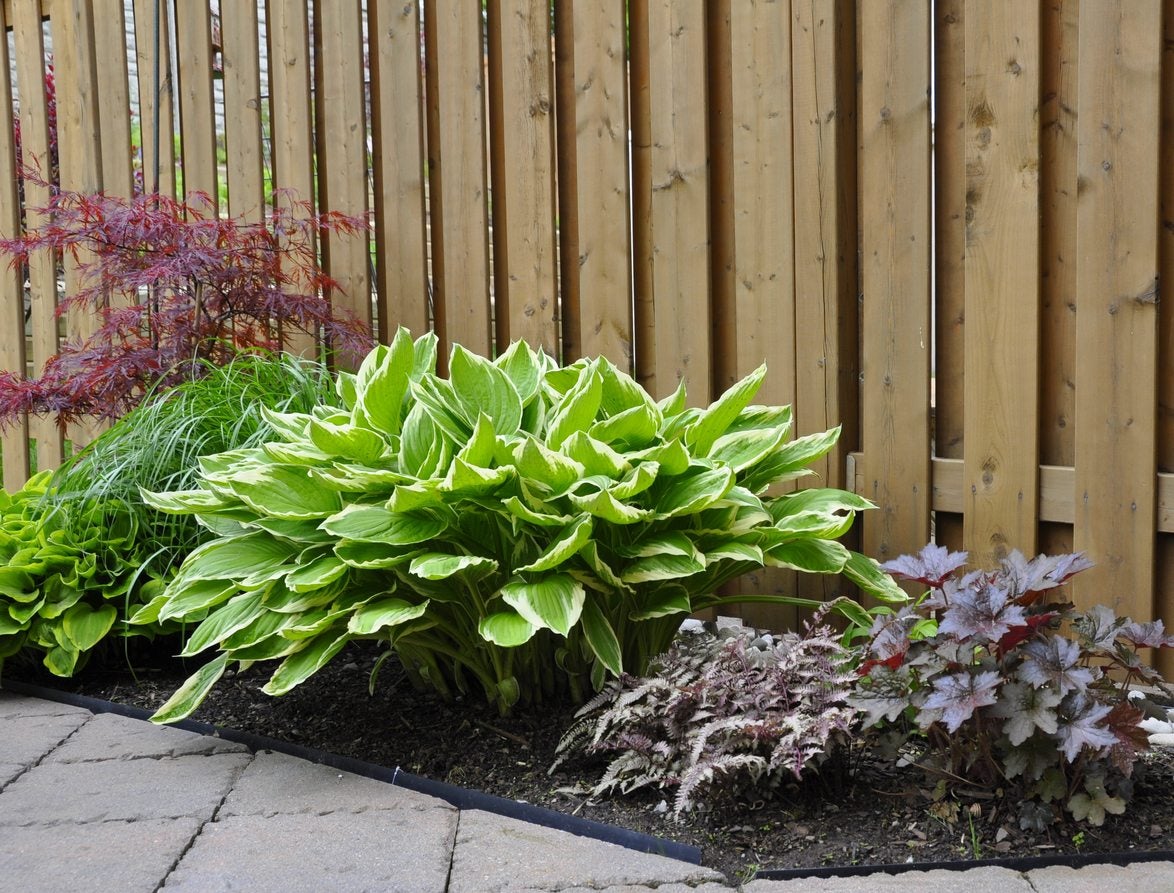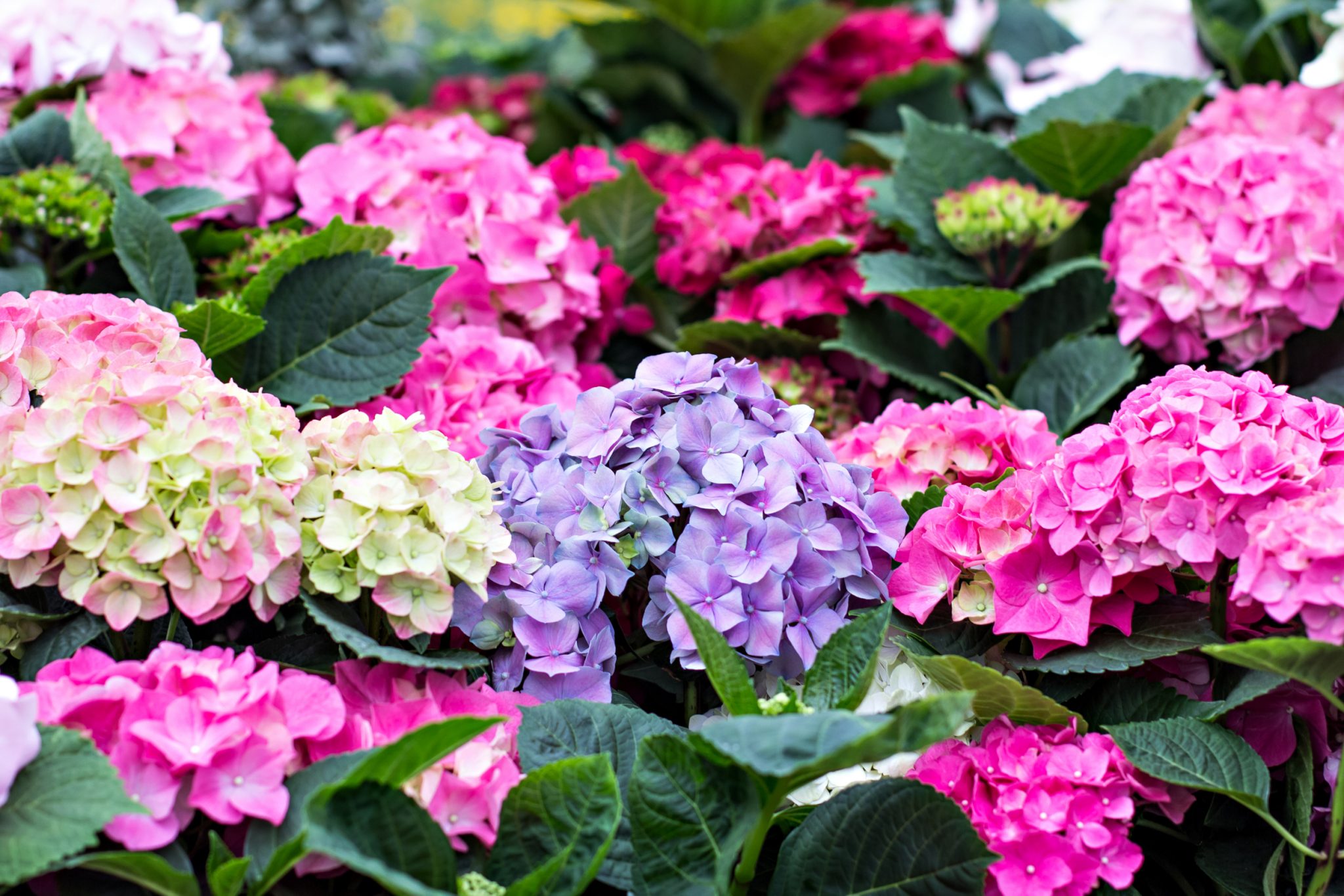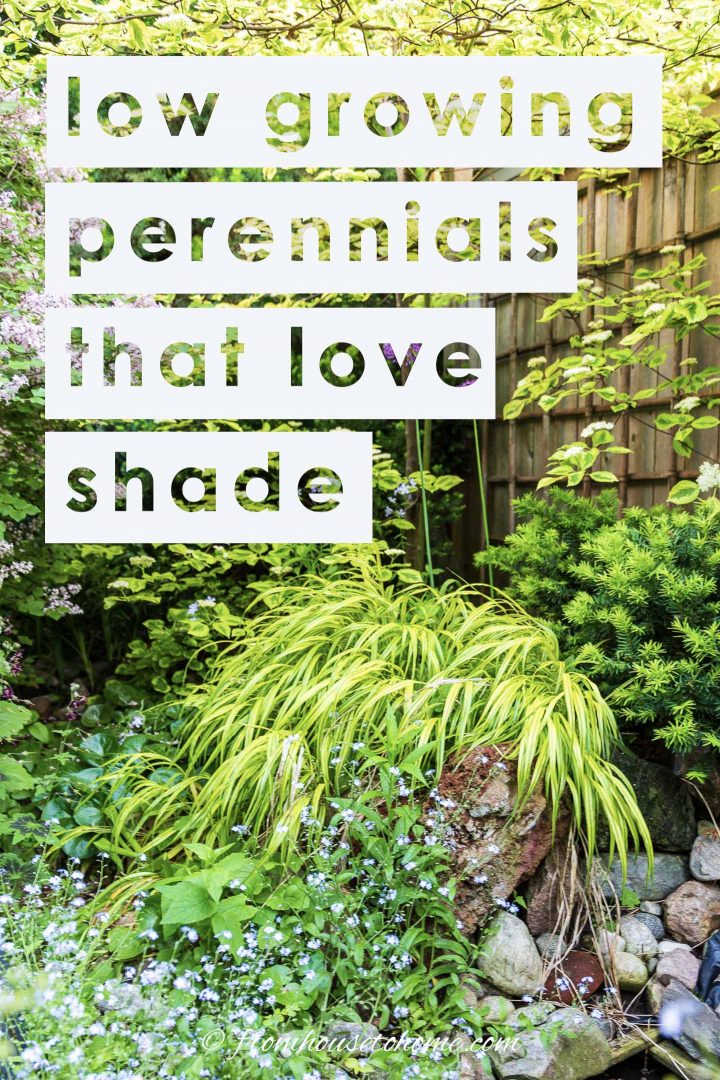Embracing the Art of Shade Gardening
Shade gardening is an often-overlooked yet rewarding aspect of horticulture. By embracing the art of shade gardening, individuals can create thriving ecosystems that not only reduce water consumption but also increase biodiversity. Shade-tolerant plants, in particular, offer a unique opportunity to add beauty and texture to areas with limited sunlight. When considering what plants do well in shade, it’s essential to understand the benefits of shade gardening and how to make the most of these conditions.
One of the primary advantages of shade gardening is the reduced need for water. Shade plants typically require less moisture than their sun-loving counterparts, making them an ideal choice for areas with low rainfall or water restrictions. Additionally, shade gardens can provide a haven for local wildlife, such as birds and insects, which are attracted to the diverse range of plants and microclimates found in these environments.
Shade-tolerant plants also offer a wide range of creative possibilities for gardeners. From the delicate, lacy foliage of ferns to the vibrant, flowering blooms of impatiens, there’s a vast array of plants that can thrive in shaded conditions. By incorporating these plants into a garden design, individuals can create a unique and captivating space that showcases the beauty of shade gardening.
When selecting plants for a shade garden, it’s crucial to consider the specific conditions of the area. What plants do well in shade will depend on factors such as the level of shade, soil type, and moisture levels. By understanding these conditions and choosing plants that are well-suited to the environment, gardeners can create a thriving and sustainable shade garden that requires minimal maintenance.
Whether you’re a seasoned gardener or just starting out, shade gardening offers a world of possibilities for creative expression and environmental sustainability. By embracing the art of shade gardening and exploring the many plants that thrive in these conditions, individuals can create a unique and captivating outdoor space that brings joy and beauty to their lives.
Understanding Shade Levels: From Partial to Full Shade
When it comes to determining the right shade plants for your garden, understanding the different levels of shade is crucial. Shade levels can vary significantly, and what plants do well in shade will depend on the specific conditions of your garden. There are three main levels of shade: partial shade, dappled shade, and full shade.
Partial shade refers to areas that receive direct sunlight for 4-6 hours a day. This level of shade is ideal for plants that require some direct sunlight but can also tolerate shade. Examples of plants that thrive in partial shade include Hydrangeas, Daylilies, and Coral Bells.
Dappled shade, on the other hand, refers to areas that receive filtered sunlight through trees or other obstructions. This level of shade is perfect for plants that prefer bright, indirect light. Examples of plants that thrive in dappled shade include Ferns, Hostas, and Astilbe.
Full shade refers to areas that receive little to no direct sunlight. This level of shade is ideal for plants that prefer deep shade and can tolerate low light conditions. Examples of plants that thrive in full shade include Chinese Evergreen, Pothos, and Cast Iron Plant.
To determine the shade level in your garden, observe the area throughout the day and take note of the amount of direct sunlight it receives. You can also use a shade meter or consult with a gardening expert to determine the best shade plants for your specific conditions.
By understanding the different levels of shade and choosing plants that are well-suited to your garden’s conditions, you can create a thriving and beautiful shade garden that brings joy and serenity to your outdoor space.
When selecting shade plants, it’s also essential to consider factors such as soil type, moisture levels, and plant hardiness. By taking these factors into account, you can ensure that your shade plants receive the right conditions to thrive and flourish.
How to Choose the Best Shade Plants for Your Garden
When it comes to selecting shade plants for your garden, there are several factors to consider. What plants do well in shade will depend on your local climate, soil type, and specific shade conditions. By understanding these factors, you can choose the best shade plants for your garden and create a thriving and beautiful outdoor space.
One of the most important factors to consider is plant hardiness. Make sure to choose shade plants that are suitable for your USDA Hardiness Zone, which can be found on the USDA Plant Hardiness Zone Map. This will ensure that your plants can tolerate the temperature fluctuations in your area.
Soil pH is another critical factor to consider. Different shade plants have different soil pH requirements, so make sure to choose plants that are compatible with your soil type. For example, if your soil is acidic, choose shade plants like Azaleas or Rhododendrons that thrive in acidic conditions.
Moisture requirements are also essential to consider. Some shade plants prefer dry conditions, while others prefer consistent moisture. Make sure to choose plants that are compatible with your soil’s moisture levels. For example, if your soil is prone to drying out, choose shade plants like Succulents or Sedums that can tolerate dry conditions.
In addition to these factors, consider the specific shade conditions in your garden. If you have a garden with deep shade, choose plants like Chinese Evergreen or Pothos that can tolerate low light conditions. If you have a garden with partial shade, choose plants like Hydrangeas or Daylilies that prefer bright, indirect light.
By considering these factors and choosing the right shade plants for your garden, you can create a beautiful and thriving outdoor space that brings joy and serenity to your life. Remember to always research the specific needs of each plant and choose plants that are compatible with your local climate and soil type.
Some popular shade plants that are suitable for a variety of garden conditions include Hostas, Hellebores, and Astilbe. These plants are known for their beautiful foliage and vibrant flowers, and can add texture and interest to any shade garden.
Top Shade Plants for Different Garden Styles
When it comes to creating a beautiful and thriving shade garden, the type of plants you choose will depend on the style of your garden. Whether you’re looking to create a woodland garden, a container garden, or a low-maintenance garden, there are a variety of shade plants that can help you achieve your goals.
For a woodland garden, consider using shade plants like Hostas, Hellebores, and Astilbe. These plants are known for their beautiful foliage and vibrant flowers, and can add texture and interest to a woodland garden. They also prefer the moist, rich soil that is often found in woodland gardens.
For a container garden, consider using shade plants like Impatiens, Coleus, and Begonias. These plants are known for their bright, vibrant flowers and can thrive in containers with good drainage. They also prefer the warmer temperatures and higher humidity that is often found in container gardens.
For a low-maintenance garden, consider using shade plants like Creeping Thyme, Vinca minor, and Pachysandra. These plants are known for their ability to spread quickly and fill in gaps, making them ideal for low-maintenance gardens. They also prefer well-draining soil and can tolerate a range of light conditions.
Other popular shade plants that can be used in a variety of garden styles include Ferns, Coral Bells, and Bleeding Heart. These plants are known for their beautiful foliage and vibrant flowers, and can add texture and interest to any shade garden.
When choosing shade plants for your garden, be sure to consider the specific growing conditions of each plant. What plants do well in shade will depend on the level of shade, soil type, and moisture levels in your garden. By choosing the right shade plants for your garden, you can create a beautiful and thriving outdoor space that brings joy and serenity to your life.
Some other factors to consider when choosing shade plants include the mature size of the plant, the growth rate, and the maintenance requirements. By considering these factors, you can choose shade plants that will thrive in your garden and require minimal maintenance.
Shade Plants for Specific Needs: Ground Covers and Climbers
When it comes to shade gardening, there are many plants that can serve specific purposes, such as ground covers and climbers. These plants can help to add texture and interest to a shade garden, while also providing functional benefits like erosion control and vertical interest.
Ground covers are a great option for shade gardens, as they can help to suppress weeds and retain moisture in the soil. Some popular ground covers for shade include Creeping Thyme, Vinca minor, and Pachysandra. These plants are low-growing and spreading, making them ideal for filling in gaps between pavers or stones.
Climbers are another great option for shade gardens, as they can help to add vertical interest and create a sense of drama. Some popular climbers for shade include Clematis, English Ivy, and Boston Ivy. These plants can be trained to climb up trellises, arbors, or walls, making them ideal for adding height and interest to a shade garden.
When choosing ground covers or climbers for your shade garden, be sure to consider the specific growing conditions of each plant. What plants do well in shade will depend on the level of shade, soil type, and moisture levels in your garden. By choosing the right plants for your garden, you can create a beautiful and functional outdoor space that brings joy and serenity to your life.
Some other factors to consider when choosing ground covers or climbers include the mature size of the plant, the growth rate, and the maintenance requirements. By considering these factors, you can choose plants that will thrive in your garden and require minimal maintenance.
In addition to their functional benefits, ground covers and climbers can also add beauty and texture to a shade garden. They can help to create a sense of depth and interest, and can add a pop of color to an otherwise dull area. By incorporating these plants into your shade garden, you can create a beautiful and thriving outdoor space that brings joy and serenity to your life.
Creating a Thriving Shade Garden: Tips and Tricks
Creating a thriving shade garden requires careful planning and attention to detail. By following a few simple tips and tricks, you can create a beautiful and thriving outdoor space that brings joy and serenity to your life.
One of the most important things to consider when creating a shade garden is soil preparation. Shade plants prefer well-draining soil that is rich in organic matter. To create a thriving shade garden, start by testing your soil to determine its pH level and nutrient content. Based on the results, add organic matter such as compost or manure to improve the soil’s structure and fertility.
Another important consideration is mulching. Mulch helps to retain moisture in the soil, suppress weeds, and regulate soil temperature. Choose a mulch that is specifically designed for shade gardens, such as wood chips or bark, and apply it to a depth of 2-3 inches.
Pruning is also an essential part of maintaining a thriving shade garden. Prune your plants regularly to promote healthy growth and prevent overgrowth. Remove any dead or diseased branches, and cut back overgrown plants to maintain their shape and size.
Layering plants is another key element of creating a thriving shade garden. By layering plants of different heights and textures, you can create a visually appealing composition that adds depth and interest to your garden. Start by planting the tallest plants in the back of the garden, and then add smaller plants in front of them.
Finally, consider the importance of creating a visually appealing composition. A thriving shade garden should be visually appealing, with a mix of different textures, colors, and shapes. Choose plants that complement each other in terms of their growth habits, foliage, and flowers, and arrange them in a way that creates a sense of balance and harmony.
By following these tips and tricks, you can create a thriving shade garden that brings joy and serenity to your life. Remember to choose plants that are well-suited to your local climate and soil type, and to provide them with the right growing conditions. With a little care and attention, your shade garden can become a beautiful and thriving outdoor space that you can enjoy for years to come.
Common Mistakes to Avoid When Growing Shade Plants
When growing shade plants, there are several common mistakes to avoid in order to ensure the health and success of your plants. By being aware of these mistakes, you can take steps to prevent them and create a thriving shade garden.
One of the most common mistakes to avoid is overwatering. Shade plants prefer moist soil, but they can be susceptible to root rot and other problems if the soil is too wet. Check the soil regularly to ensure it is not waterlogged, and avoid watering during periods of heavy rainfall.
Another mistake to avoid is underwatering. While shade plants prefer moist soil, they still need adequate water to thrive. Make sure to water your shade plants regularly, especially during periods of drought or high temperatures.
Inadequate soil preparation is another common mistake to avoid. Shade plants prefer well-draining soil that is rich in organic matter. Test your soil to determine its pH level and nutrient content, and add organic matter such as compost or manure as needed.
Not providing enough light is another mistake to avoid. While shade plants can tolerate low light conditions, they still need some light to photosynthesize and thrive. Make sure to provide your shade plants with the right amount of light for their specific needs.
Not pruning or grooming your shade plants regularly is another mistake to avoid. Pruning and grooming help to promote healthy growth and prevent overgrowth. Remove any dead or diseased branches, and cut back overgrown plants to maintain their shape and size.
Finally, not choosing the right shade plants for your specific climate and soil type is another mistake to avoid. What plants do well in shade will depend on the specific conditions of your garden. Choose plants that are well-suited to your local climate and soil type, and provide them with the right growing conditions.
By avoiding these common mistakes, you can create a thriving shade garden that brings joy and serenity to your life. Remember to choose the right shade plants for your specific climate and soil type, and provide them with the right growing conditions. With a little care and attention, your shade garden can become a beautiful and thriving outdoor space.
Bringing Shade Plants into Your Home: Indoor Gardening Tips
Shade plants can not only thrive in outdoor gardens, but also in indoor spaces. By bringing shade plants into your home, you can add a touch of natural beauty and serenity to your indoor space. Here are some tips for growing shade plants indoors:
Lighting is one of the most important factors to consider when growing shade plants indoors. Most shade plants prefer bright, indirect light, but some can tolerate low light conditions. Choose a spot near a north-facing window or use grow lights to provide the right amount of light for your plants.
Watering is also crucial for indoor shade plants. Overwatering can be detrimental to these plants, so make sure to check the soil regularly and water only when necessary. Use a well-draining potting mix and avoid getting water on the leaves to prevent fungal diseases.
Fertilizing is also important for indoor shade plants. Use a balanced, water-soluble fertilizer and follow the instructions on the label. Avoid overfertilizing, as this can damage the plants.
Some popular indoor shade plants include Chinese Evergreen, Pothos, and Peace Lily. These plants are known for their beautiful foliage and ability to thrive in low-light conditions. They are also low-maintenance and can tolerate neglect, making them perfect for busy people.
When choosing indoor shade plants, consider the specific growing conditions of each plant. What plants do well in shade will depend on the level of shade, temperature, and humidity in your indoor space. Choose plants that are well-suited to your indoor conditions, and provide them with the right growing conditions.
By following these tips and choosing the right indoor shade plants, you can bring a touch of natural beauty and serenity into your home. Remember to provide your plants with the right growing conditions, and enjoy the benefits of indoor shade gardening.





:max_bytes(150000):strip_icc()/shade-plants-for-path-hosta-big-57eae6d35f9b586c353ae7be.jpg)

:max_bytes(150000):strip_icc()/ClappentailParkMay17-5b07b8d71d64040037a1501e.jpg)

